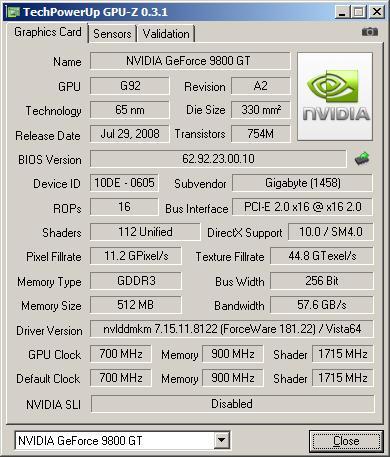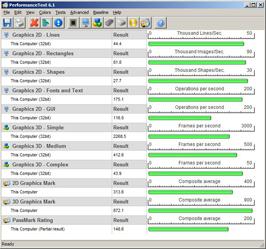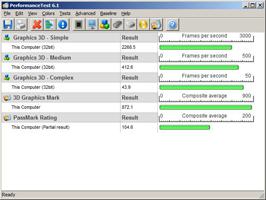|
Testing:
Test Rig: |
|
| Motherboard | ASUS Striker II Extreme |
| Memory | Corsair XMS3 DHX 4GB DDR3-1600 |
| Processor | Intel Q9650 3.0GHz |
| Hard Drive | Western Digital 300GB Velociraptor |
| VGA | Gigabyte 512MB GeForce 9800GT |
| Power Supply | Tagan 900W BZ-900 |
| Chassis | Thermaltake Kandalf LCS |
| Operating System | Microsoft Windows Vista 64-bit SP2 Beta |
For the Gigabyte 512MB 9800GT, we chose to use both canned and real-world benchmarks. For canned benchmarks, we opted to use GPU-Z, Performance Test 6.1, 3DMark Vantage, and PCMark Vantage. For real-world benchmarks, we chose Crysis, Crysis Warhead, Far Cry 2, and Left 4 Dead. We will start with the canned benchmarks below.
GPU-Z |
The purpose of GPU-Z is to determine what specifications your card actually has. This involves data such as shaders, texture fillrate, GPU clock, memory size, revision, etc.
 |
We can see the 700MHz GPU clock speed as mentioned on the box of this beast. Guess they're not lying! Our card has 112 unified shaders, uses 65nm technology, and contains 754M transistors...wow.
Performance Test 6.1 |
Performance Test 6.1 isn't as widely used as it once was, but it's easy enough for us to run this test. The tests both contain 2D and 3D tests, and use the data to calculate a PassMark rating. These ratings are universal scores which can be compared to other graphics cards using this suite.
| Performance Test 6.1 - 2D test |  |
| Performance Test 6.1 - 3D test |  |
Now lets move on to the 3DMark Vantage and PCMark Vantage scores...
OTHER RELEVANT REVIEWS
| PALIT 4870 Sonic Dual Edition CrossfireX | |
| Power Color HD 4870 | |
| EVGA e-Geforce 8800 GT KO | |
| Sapphire HD 4870 Toxic Edition | |
| Palit GTX 280 | |
| Sapphire HD 4850 |
REALTIME PRICING ON THE NVIDIA 9800 GT




